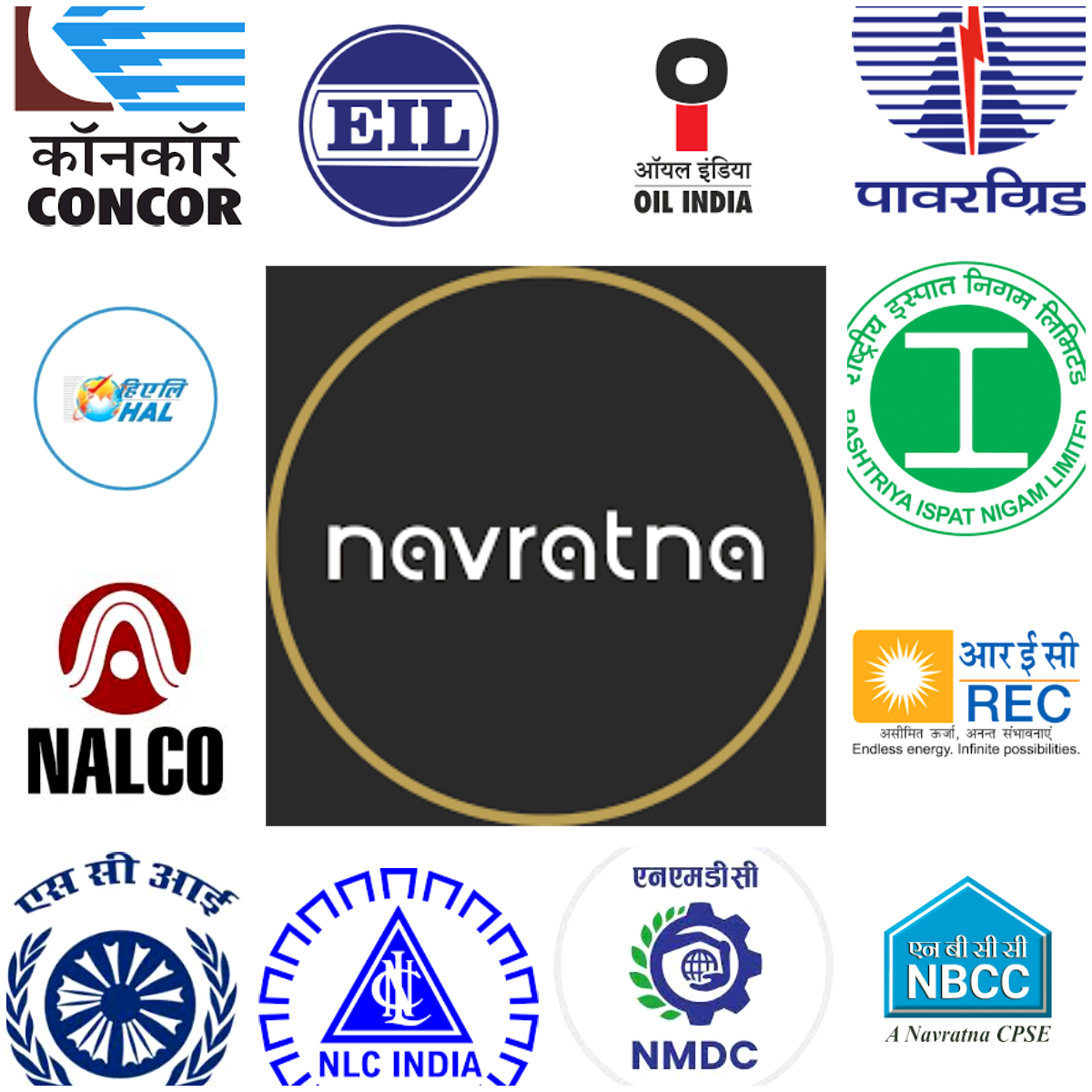What are Miniratna stocks and Navratna stocks?
Government companies constitute the public sector and has a significant role in overall development of the economy and the nation. Government has provided different statutes to some of the public sector companies. The purpose behind this distinction was to provide flexibility in operations and autonomy in making decision. This has helped these companies survive in this competition and this has also boosted their reputation and has them gain trust of their investors.
The Government of India has classified some of these public sector companies as Maharatna, Navratna and Mini Ratna.
What are Mini Ratna public companies?
Miniratna companies fall under two categories – Category 1 Miniratna and Category 2 Miniratna.
To be classified as Category 1 Miniratna a company must have earned continuous profits in last 3 years. Also, they must have earned more that 30 crores or more of pre-tax profit at least in one of the last 3 consecutive years. There are around 63 companies under this categories. Category 1 Miniratna companies can invest Rs. 500 crores or an amount equal to their net worth, whichever is less.
Category 2 Miniratnas must have made a continuously profit over the past 3 years and maintained a positive net worth. Currently, there are 15 Category 2 public sector companies. Miniratnas have option to invest Rs. 300 crores or 50% of their networth, whichever is lower.
Since no government approval is required in case the investment is done within stated limit, this has opened up new growth avenues for these public companies.
Now, let’s understand What is a Navratna stocks?
For a public company to qualify as Navratna, the company is required operate first as Miniratna with four independent board members. Such company should score 60 out of 100 on all the parameters mentioned below:
Profit before dividend, interest, and tax (PBDIT) [25 points]
Earnings before interest, depreciation, and tax (EBITDA) to capital employed [15 points]
Manpower cost to cost of production of product or service [15 points]
Earnings per share (EPS) [10 points]
Profit before interest and tax (PBIT) to turnover [15 points]
Inter-sectoral comparison [20 points]
Under the memorandum of understanding (MoU), they should have obtained a rating of ‘very good’ or ‘excellent’ in three of five previous years. On meeting the above criteria’s a company is classified as “Navratna company”
Bharat Electronics Ltd. (BEL)
Hindustan Aeronautics Ltd. (HAL)
Oil India Ltd.
Shipping Corporation of India Ltd.
Container Corporation of India Ltd.
Mahanagar Telephone Nigam Ltd.
Engineers India Ltd. (EIL)
NALCO
NBCC India Ltd.
NMDC Ltd.
NLC India Ltd.
Power Grid Corporation of India Ltd.
Rural Electrification Corporation Ltd.
Rashtriya Ispat Ltd.
In terms of growth, these companies get the opportunity to expand at a faster rate and are free to enter into joint ventures and mergers. They also have the option to take over other organizations and form subsidiaries. They are also free to raise debt in the domestic market and foreign sources, subject to RBI approval. The government is closely working with these companies to make them a global giants.




